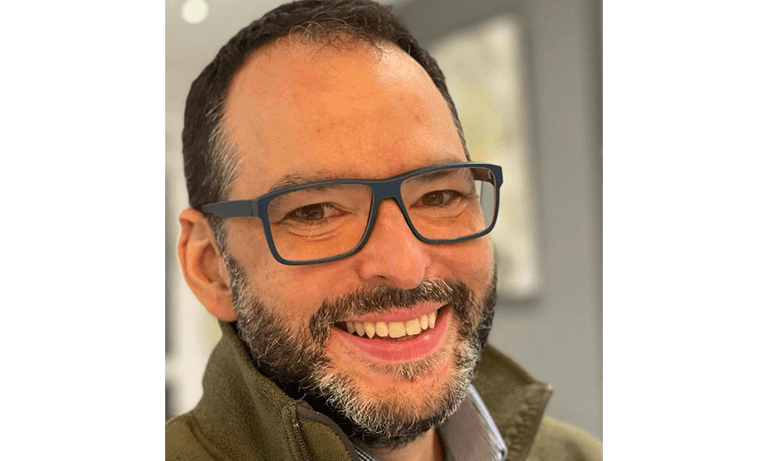Brucella canis: what vets need to know
14 Feb 2024
20 Apr 2021 | Matt Flann
Reward and recognition can come in a variety of forms. Pennard Vets is one of very few practices to be owned by an employee ownership trust, meaning their employees are shareholders and take a share of profits. Matt Flann, their Managing Director, tells us about the benefits this has provided.

Here are a few short notes on the benefits to the team of Employee-Ownership and why more of us leading veterinary teams need to understand why this could be so important to our profession.
I am a vet of 20 years’ experience and Managing Director at Pennard Vets and I believe in challenging the status quo and seek to improve team engagement, service delivery and client experience in progressive, innovative ways.
In this blog I will discuss why we believe our Employee-Ownership Trust (EOT) is beneficial for Pennard Vets and our team (of co-owners).
There is a lot of evidence to support the statement above. It seems to revolve around a few key points.
We have been told for years that job satisfaction is about passion and purpose and not about the pay cheque. Putting this established idea aside for the moment, the very fact that the majority of a company’s shares, in an EOT structure, are held on behalf of the employees, the employees have a very real financial stake in the business’ success. Everyone shares in the financial success of the business as each employee may enjoy, beyond their normal salary, a distribution of the profits of the company, the first £3,600 of which is free of tax. Individual success depends on the success of everyone as a collective so there is better team collaboration and a greater sense of teamwork and that we really are all in it together. Everyone shares a common purpose and has a financial reward in it.
There is also the removal of suspicion that any strategy changes are only being implemented to benefit the few business owners. Change is not easy to achieve, so when business leadership asks for and inspires change, there is transparency as to the purpose behind it and if it does lead to greater profits, then the people actually implementing the change will have their share of any financial benefit.
A well-run company, independent of ownership model, traditional or Employee Owned (EO), may if it wishes be transparent with finances, decisioning making and strategy. All these things are optional in a traditional company but become more fundamentally essential and important when it comes to EO. Increased exposure to the finances and strategy gives everyone more awareness of what is going on. There also tends to be greater input in decision making through representation. This increase in business intelligence of the team leads to greater empowerment to make agile and innovative decisions from the ground up. Innovation around pre-existing processes and innovation to counter any external headwinds in the wider economic environment is a major boost to the company. The knock-on effect of the greater sense of empowerment leads to significant emotional rewards of wellbeing and job satisfaction, leading to easier recruitment and retention of talent. In theory this outweighs the first point.
As owners of an independent practice, a month has not gone past in the last few years when either a team member has enquired about the future ownership of the practice or that we have been contacted by an agent or directly by a consolidator.
The team were understandably anxious about our future and their own, having either seen at first hand or through friends want can happen to a well-run practice when such change happens.
The emotional benefit and psychological safety to the team of knowing that the future of the practice is certain and will be administered to their benefit as a whole is of enormous value.
EO also leads to ready-made succession planning without the need for younger colleagues to put themselves in debt. The leadership can take longer term views on strategy and planning, leaving behind the days when perhaps a practice principle had only a few years to pay off the buy-in loans and maximise returns for a short period of time.
In summary Employee Ownership promotes employee wellbeing, provides a ready-made succession solution and strengthens growth and performance.
We have spent a long time in researching Employee Ownership and specifically EOT structure for our business at Pennard Vets. If anyone would like to know more then please visit the Pennard Vets website.
Find out more about our Good workplaces policy position and access our resources.
Get tailored news in your inbox and online, plus access to our journals, resources and support services, join the BVA.
Join Us Today